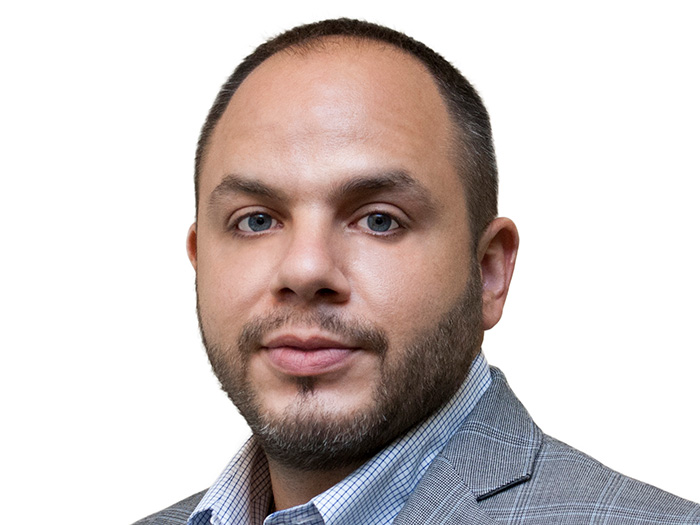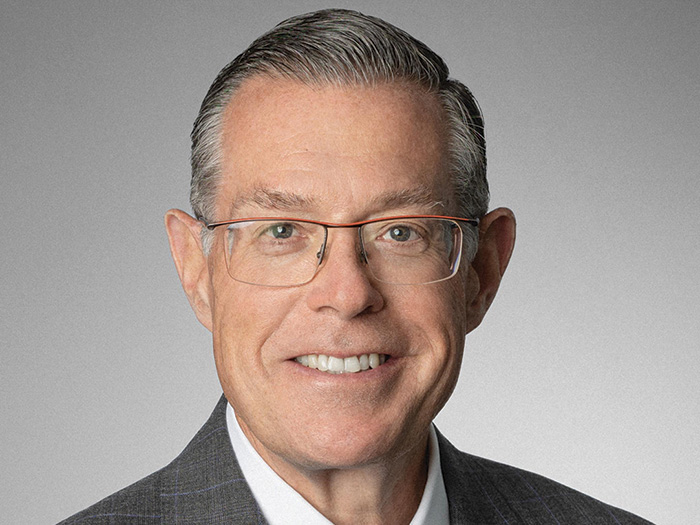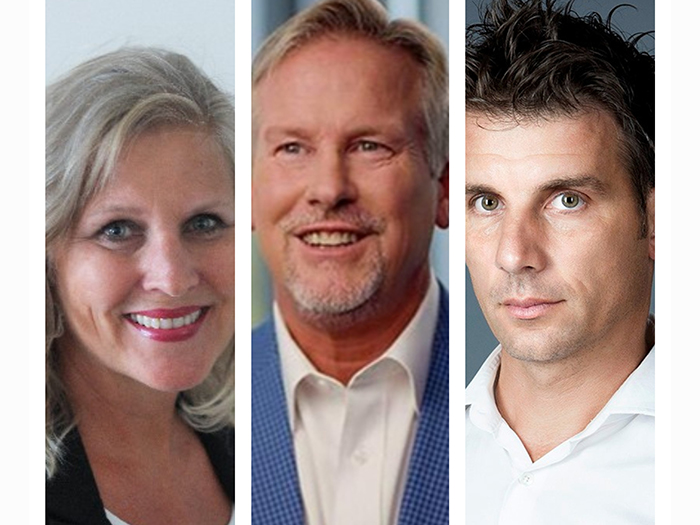Connection and Communication: What a Strong Mental Health Strategy Looks Like Before a Workers’ Comp Claim Rolls In

In the post-pandemic world, public discourse around mental health has hit a fever pitch.
With on-demand counseling, luxury self-care packages and ever-present advertisements for psychoactive prescription drugs flooding the market, workers’ compensation insurers and employers are faced with the necessity of mental health strategic planning in ways they previously weren’t, due in part to employee expectations and in part to the rise of mental health awareness.
Genevieve Hawkins, author of “Mentally at Work: Optimising Health and Business Performance Through Connection,” operated two major insurance funds for employers in workers’ compensation in Australia, and has a wealth of experience in both injury prevention and workers’ comp claim management.
She noted that there are really several elements to a fulsome mental health workplace strategy.
“For me, there are three layers we need to think about for mental health strategy. One is about the individual and helping the individual to understand what they need to learn themselves and what they need to look after,” Hawkins explained.
“The second layer is how we help people in interaction with each other. And the third is organizationally how we design our work — the expectations, the feedback, and those things that help create a really great place for people.
“There’s another aspect of that, and it’s often where people start, which is around, what is the support that we have if someone is really struggling? If we only stick with what we do as support, mental health first aid — if that’s the only thing in your strategy, then you don’t have enough.”
Review Existing Support Services
For employers, support services are the one element that the vast majority saw as an opening for employees during the pandemic.
In particular, employee assistance programs (EAPs) saw a huge jump in popularity for human resources departments looking to stem the tide, but recent data suggests employees are often unaware of that benefit.
Data from Unum, a benefits services company, collected in 2020 found that while 93% of employers offered an EAP, 46% of employees thought their employer did not or were unsure if they did.
“If there’s a silver lining around COVID, it’s that we’re having better conversations around mental health now than we were pre-COVID,” Hawkins said. “The reason for that is that more people were feeling not well; more people were feeling overwhelmed and anxious.”
3 Reasons Mental Health Enters a WC Claim
However, for Hawkins, the solution does not lie in more treatment within an existing claim. She explained that there are three reasons that mental health ends up getting introduced into a workers’ comp claim.
Firstly, as secondary to physical health — becoming psychologically unwell because of a lack of established coping skills.
The second is a major traumatic event like a robbery or a shooting in the workplace.
The third is the most difficult to define — and often the most difficult to rein in as a component or standalone workers’ comp injury.
“This is the bucket of things like harassment or bullying; it doesn’t feel right in the workplace and that’s why I’m [the worker] putting in the claim,” said Hawkins.
“I think that what we certainly experienced is that if you have a good, strong mental health strategy, then you’re more likely to prevent those from occurring.”
Building Blocks to a Strong Mental Health Strategy
The most important element of this vision of a strong mental health strategy in the workplace is connection and communication.
For her part, Jennifer Milligan, manager of disability management at INTEGRIS Health, explained that it needs to come from the top.
“Ensuring a culture of care and safety is established in all levels of an organization. Ensure employees feel comfortable speaking up and know where to go to speak up, and ensure that there is strong leadership engagement and understanding on how to be a voice of influence — to first lay the foundation with teams — and how to foster continuous engagement,” she said.
Indeed, a study from the Workplace Health Strategies Bureau of Health Canada indicates that these types of initiatives should be viewed as organizational rather than superficial change, but that such organizational change efforts succeed only about a quarter of the time.
Hawkins believes this is due to an overemphasis on the medical model.
“My first philosophy is that people are better out of the system than in,” she said.
“I would like to see people choosing not to put in a workers’ compensation claim for mental health because actually the system makes them worse. Unfortunately, despite best efforts, people get stuck in this medical model and it doesn’t actually help them. It also becomes a place of blame.”
The good news? The workplace provides an excellent incubator environment for mental health initiatives. According to the Centers for Disease Control, this is because:
- Communication structures are already in place.
- Programs and policies come from one central team.
- Social support networks are available.
- Employers can offer incentives to reinforce healthy behaviors.
- Employers can use data to track progress and measure the effects.
Hawkins echoed this perspective. “The biggest predictor of how expensive a claim is going to be relates to how that person is motivated in their workplace,” she said. “The biggest component is motivation in the workplace, and the biggest component of that is their relationship with their manager and their team — especially their manager.
“One of the first pieces of advice that I would give, whether it’s in insurance assessing a claim or an employer managing people in it — it’s going back to look at that manager relationship.”
If managers emphasize the role that communication, utilization of available tools to identify mental ill health, and proactive steps to maintain a healthy mental outlook can have, the results can be immense.
“We need to think about mental health in the same way as physical health. Often we don’t; when we think about ‘mental health’ we actually think about mental ill health,” said Hawkins.
Regarding the effect on the business overall, Mulligan pointed to the interplay between mental health barriers and safety as a key lesson for employers assessing their mental health strategy.
“Stress can impact many aspects of your body and has the potential of influencing unsafe behaviors and attitudes that have [the] potential to impact safety culture at work and home,” she said. “If you have engagement you will have sustainable reduction in risk.” &












